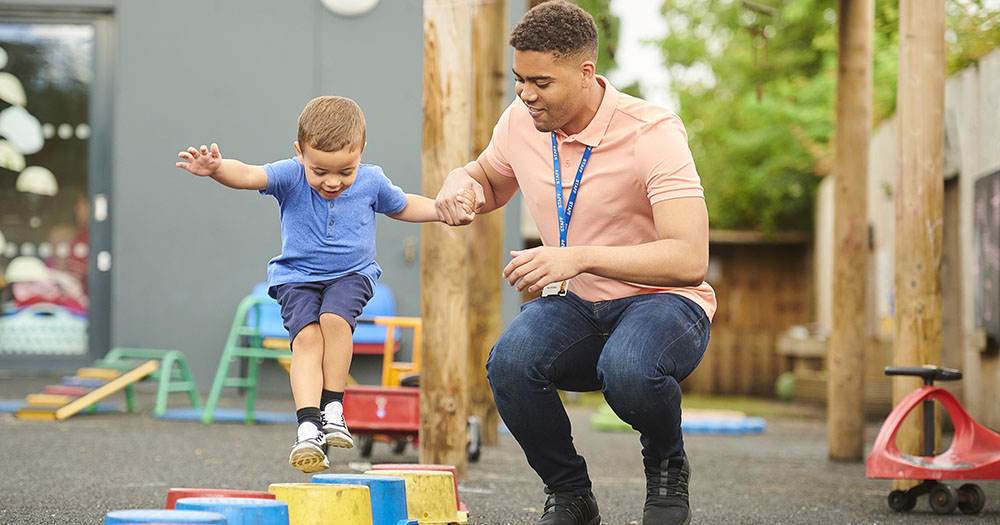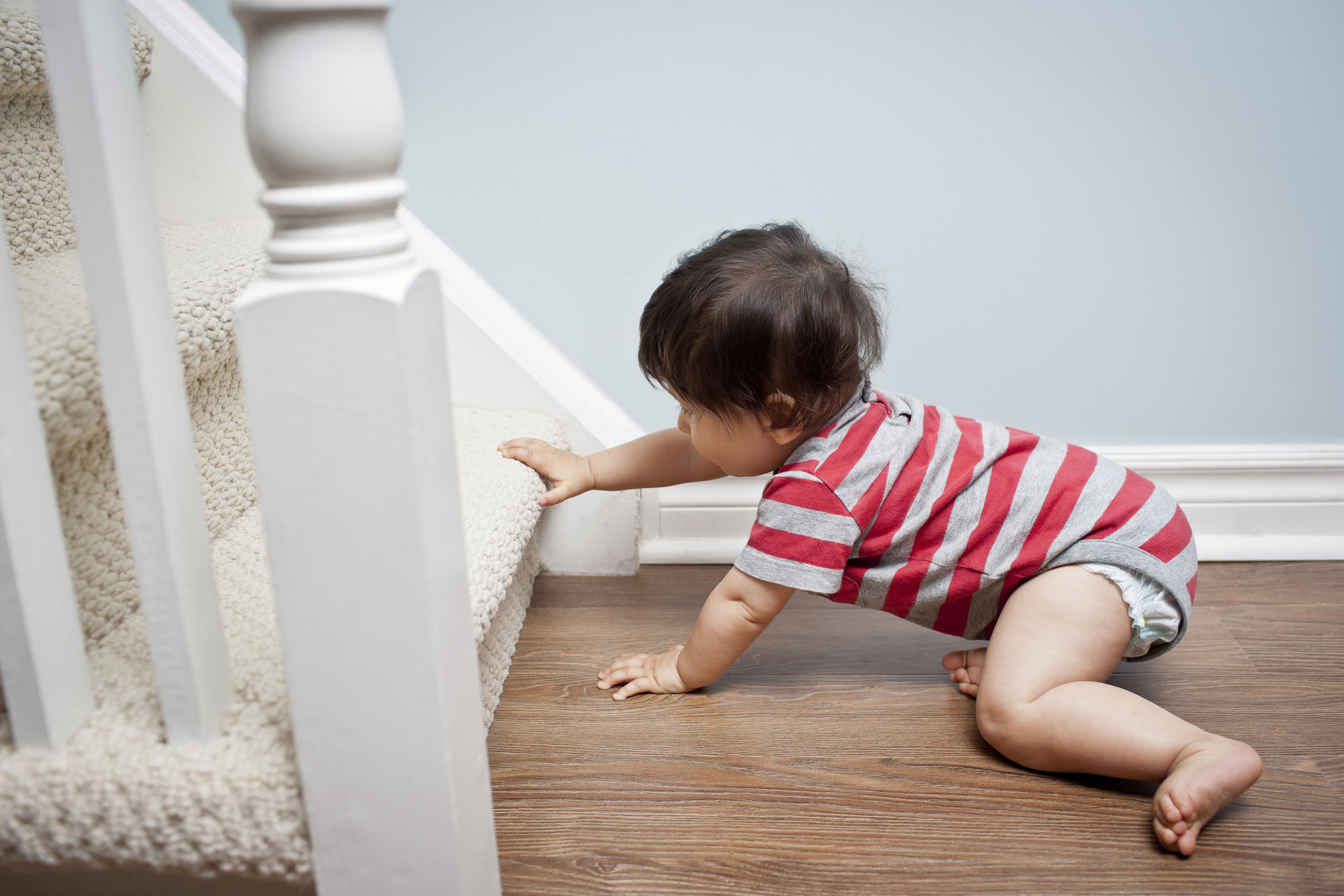Child Safety at Home and Play: Preventing Accidents and Injuries

As parents, caregivers, or guardians, our foremost responsibility is to provide a secure and nurturing environment for our children. Since children spend a substantial amount of their time at home, it is crucial that our homes are designed to be safe havens where they can learn, play, and explore without the risk of accidents or injuries.
In this article, we will explore essential measures for child safety to ensure your home is a safe and comfortable place for your children, reducing the likelihood of accidents and mishaps.
[ez-toc]
Child Safety: Childproofing Your Home
The first step in creating a child-safe home environment is to think like a child. Examine your surroundings and identify potential hazards. Cover electrical outlets, secure heavy items to prevent tipping, and install gates to block access to stairs and restricted areas. Apply cushioning guards on sharp furniture edges, and ensure that household cleaning products and medications are stored securely out of reach.

Child Safety in the Kitchen
Kitchens can be bustling hubs of activity, but they can also pose risks for young children. Keep sharp objects such as knives and scissors out of their reach, and use protective covers on stove knobs to prevent accidental activation. Store cleaning supplies and chemicals in high or locked cabinets. When cooking, prioritise using the back burners and turn pot handles inward to prevent spills.
Bathroom Child Safety
Bathrooms can be slippery and potentially hazardous. To reduce the risk of slips and falls, place non-slip mats in the bathtub and on the bathroom floor. Safeguard items like medications, cosmetics, and soap by keeping them out of children’s reach. Always supervise young children during bath time and ensure that the water temperature is safe and comfortable.

Window and Blind Safety
Windows and blinds can be intriguing for curious children. Install window guards or locks to limit the extent to which windows can be opened. Opt for blinds without cords to prevent entanglement hazards. Additionally, keep objects away from windows to discourage climbing.
Fire and Electrical Safety
Educate children about fire and electrical safety. Install smoke detectors on every floor of your home and regularly check their functionality. Teach children the “Stop, Drop, and Roll” technique in case their clothing catches fire. Store matches, lighters, and candles out of reach, and never leave lit candles unattended.

Preventing Poison Incidents
Secure cleaning products, medications, vitamins, and other potentially harmful substances in their original containers with child-resistant lids. Familiarize yourself with the Poison Control hotline number or consult with top paediatrician in Ahmedabad and know what to do if a child ingests a harmful substance.
Safe Play with Toys
Regularly inspect toys for small parts that could be choking hazards, sharp edges, or broken components. Choose age-appropriate toys for your children and avoid those with strings or cords that could pose dangers. Ensure that outdoor toys are in good condition and safe for use.
Safety Measures for Furniture and Appliances
Anchor heavy items like bookshelves and dressers to the wall to prevent tipping. Conceal electrical cords and plugs to prevent tampering. Unplug appliances when they are not in use and tuck away chords to eliminate potential hazards.
Readiness for First Aid
Acquire a well-equipped first aid kit and learn how to use it effectively. Be prepared to administer basic care for minor cuts, bruises, and burns. Keep essential contact numbers, such as children hospital in Ahmedabad and Poison Control, easily accessible.
Teaching Children About Safety
In addition to creating a safe environment, educate children about safety rules. Make them aware of the dangers of running indoors, playing near streets, or approaching unfamiliar animals. Teach them how to dial 911 in emergencies and practice appropriate responses to different crisis scenarios.

Conclusion
Your home should serve as a sanctuary where children can thrive, play, and learn without fear of harm. By taking meticulous precautions and imparting knowledge about safety, you can transform your home into the ideal environment for your children. While ensuring their safety requires constant vigilance, the peace of mind that comes from knowing you are protecting them from harm is immeasurable.
A secure home is a joyful home for everyone!











